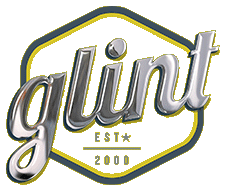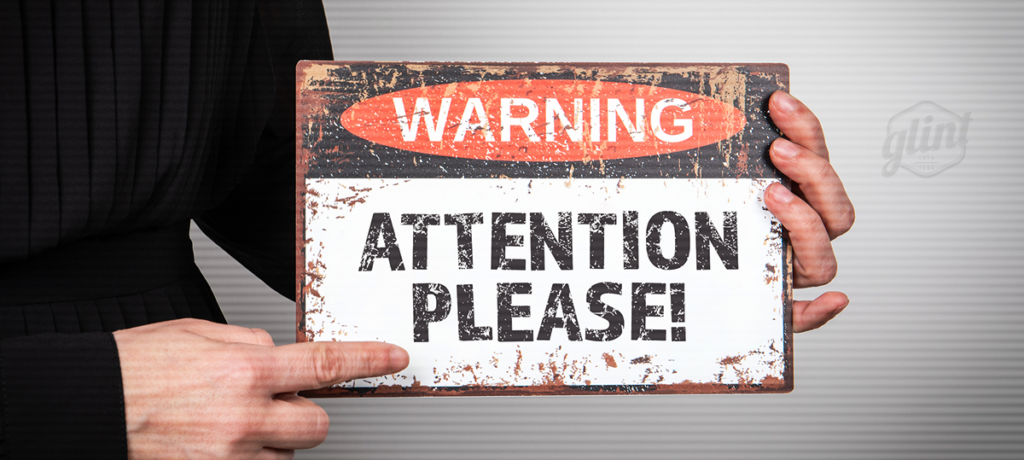We love talking business and operations to budding entrepreneurs and veterans whenever we can. In Glint’s holiday podcast, Craig sits with seasoned business owner (and March Madness fanatic) Shane Houshmand.
Craig and Shane discuss when business sense needs to be clarified and when a one-size-fits-all approach may impact the bottom line negatively.
But…you’ll have to listen to the podcast (or watch it) to get the details. However, we asked Shane about his operational pet peeve a few months ago, and his response was meetings. Drive efficiency and contain “the meeting monster” with the following advice. Enjoy, and let us know what you would add.
How to Contain the Meeting Monster
As a person in leadership, you know the value of a meeting, but it is evident by team members’ participation level or lack of enthusiasm that only some feel the same. Perhaps you have been on the other side and thought you were “wasting” your time in another routine meeting but felt it was a necessary evil, and hopefully, the benefits would outweigh the discord. In larger organizations, it is possible to be part of multiple meetings on the same day, providing the same information to numerous teams and thinking, “Is this the best use of an individual’s time?” Understanding and addressing this reality is a constant struggle in organizations, big and small.
From a financial perspective, it is essential to justify each person’s committed time during the meeting instead of lumping everyone into a one-hour time slot and thinking of it as just a “one-hour meeting.”
Consider a one-hour session is not an hour-long meeting but ten individual hours for a discussion utilizing ten people.
Looking at the same meeting through this lens emphasizes the importance of the team lead’s understanding of each member’s expected contribution during that time.
Although you can only sometimes measure every meeting in dollars and cents of the individual participants, not considering the value of each member’s involvement in those terms may not be a sound decision.
You can address multiple objectives during a meeting, such as planning, problem-solving, decision-making, or building morale. You can also utilize many tools to frame the meeting for everyone in advance. Today’s discussion is about the role of the team lead and the importance of establishing those guidelines.
The standard expectation for a group meeting is that everyone be present for a set amount of time, but is that necessary?
Let’s organize the meeting so some team members can leave earlier or arrive later. Can some team members receive notes from the meeting instead of attending? If some members leave early, will it cause resentment from others? The answer is yes to all the above questions. That being said, you can organize meetings so that levels of participation are pre-determined by setting a plan and expectations.
This planning creates more responsibility for the team lead but will positively impact all members involved. If you get into the practice of sending meeting notes and expectations, it will create cohesion within the team. Using this process to inform all team members, not just those in attendance, will allow those members not present to be in the loop. This approach also minimizes animosity resulting from an improperly communicated plan.
No one wants to stay for an entire meeting unless the importance of their involvement is communicated in advance. Proper communication is vital.
An approach that encompasses the planning and defining of agendas will result in more involvement from those present during a meeting. This approach also allows contributions and moving toward project implementation, creating dynamic and concise input. Rather than hearing the hackneyed phrasing at the beginning of a meeting, team members will understand that their time is valued because they will experience the benefits of a more tightly orchestrated attendance agenda.
The purpose of this perspective is to refresh the way we justify having a meeting and to show you can create value in all aspects of planning and execution. If you want to experience our meeting advice, contact agency@glintadv.com or call 817-616-0320.







